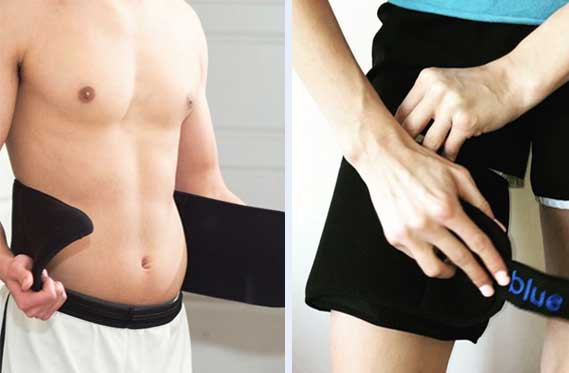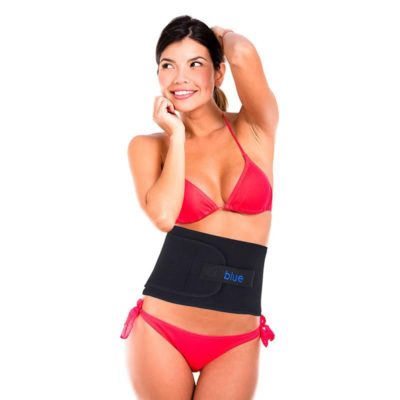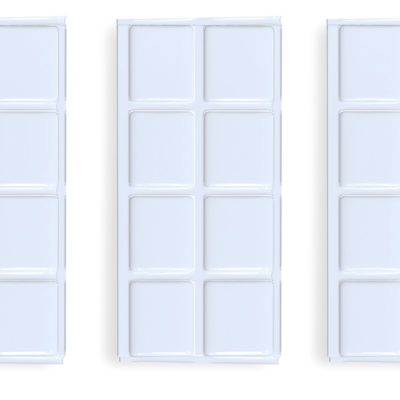How Does Fat Freezing Work?
We come into the world with fat cells that fluctuate in number until we reach puberty. After that, the number of fat cells remains constant. It may appear that the number increases or decreases depending on our weight, but if we see fat on our bodies, its because the cells are actually expanding, usually due to eating too many fatty foods, ingesting too many calories, or the effect of hormones. Research has discovered that fat cells can be eliminated from the body by the application of extreme cold.
First off, it helps to picture how fat freezing works if you know that fat cells come in colors. The fat that acts as a thermal insulator and fuels muscle is white. It is the layer of blubber that can be found on the belly, thighs, backs of arms, etc. There is considerably more white fat in the body than any other type. Brown fat cells burn energy or calories to create heat and stabilize the body’s  temperature. The darker color is due to more mitochondria being present in those cells. (Mitochondria are tiny structures in fat cells responsible for generating heat.) Scientists discovered that, when white fat gets very cold, the body turns that flabby white fat into calorie-burning “beige” fat that takes on some of the characteristics of brown fat. That process is called “browning.”
temperature. The darker color is due to more mitochondria being present in those cells. (Mitochondria are tiny structures in fat cells responsible for generating heat.) Scientists discovered that, when white fat gets very cold, the body turns that flabby white fat into calorie-burning “beige” fat that takes on some of the characteristics of brown fat. That process is called “browning.”
The fat-freezing wrap—that ice pack that you wrap around, say, your upper arm—causes the flabby white fat to turn into calorie-burning beige fat. As your upper arm becomes chilled, the beige and brown fat cells die off and are metabolized by the body. The whole process reduces the thickness of fat in the treated area.







